If you’re new to a gluten-free diet plan, it can feel like your world has been turned upside down. From staring at food labels to Googling ingredients in supermarket aisles, switching your regular meal planning can be overwhelming.
We’re here to give you actionable tips, tricks, and recipes to ease into your new lifestyle.
What Is Gluten?
Gluten is a protein found in wheat, barley, and rye. When you make bread or pizza, gluten is the substance that creates a stretchy, binding quality. It is also a common additive in spice blends, sauces, and much, much more.
The Benefits of Sticking to a Gluten-Free Diet Plan
If you’ve got celiac disease, a gluten allergy, or non-celiac gluten sensitivity (more on that below), the benefits of switching to a gluten-free diet plan can be pretty massive. For people without these health conditions, eating a gluten-free diet might even help them lose weight and increase their energy.
Related: 30+ Surprising Gluten-Free Statistics & Trends
What Grains Are Off-Limits on a Gluten-Free Diet?
The answer seems pretty simple: wheat, barley, and rye. Not quite. Once you start learning about gluten-free recipes, you’ll realize that there are plenty of wheat-based ingredients on the market, including (but not limited to):
- Barley
- Bran
- Bulgur
- Cous Cous
- Durum
- Einkorn
- Emmer
- Farina
- Farro
- Freekeh/Farik
- Graham flour
- Kamut
- Malt
- Oats (non-GF varieties)
- Semolina
- Spelt
- Starch (wheat is a common source)
- Triticale
What Grains to Replace Gluten With
From an endless array of main dishes to desserts, our website was built to showcase just how easy gluten-free living can be! While we can’t list every gluten-free carbohydrate, the most popular are:
- Potato & potato flour
- Quinoa
- Corn (including polenta and masa harina)
- Tapioca
- Cassava (great for breading and frying)
- Buckwheat
- Sorghum
- Millet (my personal favorite is pearl millet)
- Rice
Gluten-Free Pantry Essentials Checklist
When you start off on any new diet plan, it’s easy to go out and purchase tons of new ingredients. Instead, pick a handful of recipes that sound easy and delicious, then determine what sorts of gluten-free items you’ll need to purchase.
That said, the following gluten-free ingredients have a place in my pantry at all times:
- All-purpose flour blend
- Rice
- Basmati
- Jasmine
- White (long grain)
- Rice flour
- White
- Brown
- Baking powder
- Besan flour (ideal for quick batters and fritters)
- Baking soda
- Breadcrumbs
- Buckwheat flour
- Tapioca flour & starch
- Gluten-free soy sauce and/or tamari
- Chicken or vegetable broth
- Xanthan gum
- Spices (should be replaced every 1-2 years)
- Pasta (e.g., lentil, chickpea, quinoa)
- Dried beans & pulses
- Nuts (e.g., almonds, cashews, peanuts)
- Canned beans
- Tomato paste
- Canned chopped tomatoes
Pro tip: Keep sealed containers of flour in your freezer to extend their life.
Use Our 7-Day, Easy Gluten-Free Diet Plan
We get it: Balancing work, life, family, and hobbies can be exhausting. That’s why most of these recipes can be frozen or made ahead. Not only does this save you time, but it also lets you choose foods you’re craving.
There’s no need to make elaborate meals every single day. That’s exactly why we selected a range of recipes that encourage using leftovers.
Day 1
Breakfast: Cheerios
I love cereal and eating a bowl of Cheerios in the morning is seriously satisfying. Slice in some fruit, add a sprinkle of cinnamon, a splash of gluten-free oat milk, and a pinch of sea salt, and you’ve got a simple, healthy way to start your day. One serving size contains 100 calories.
Note: There are numerous gluten-free cereals that taste great and offer excellent nutrition.
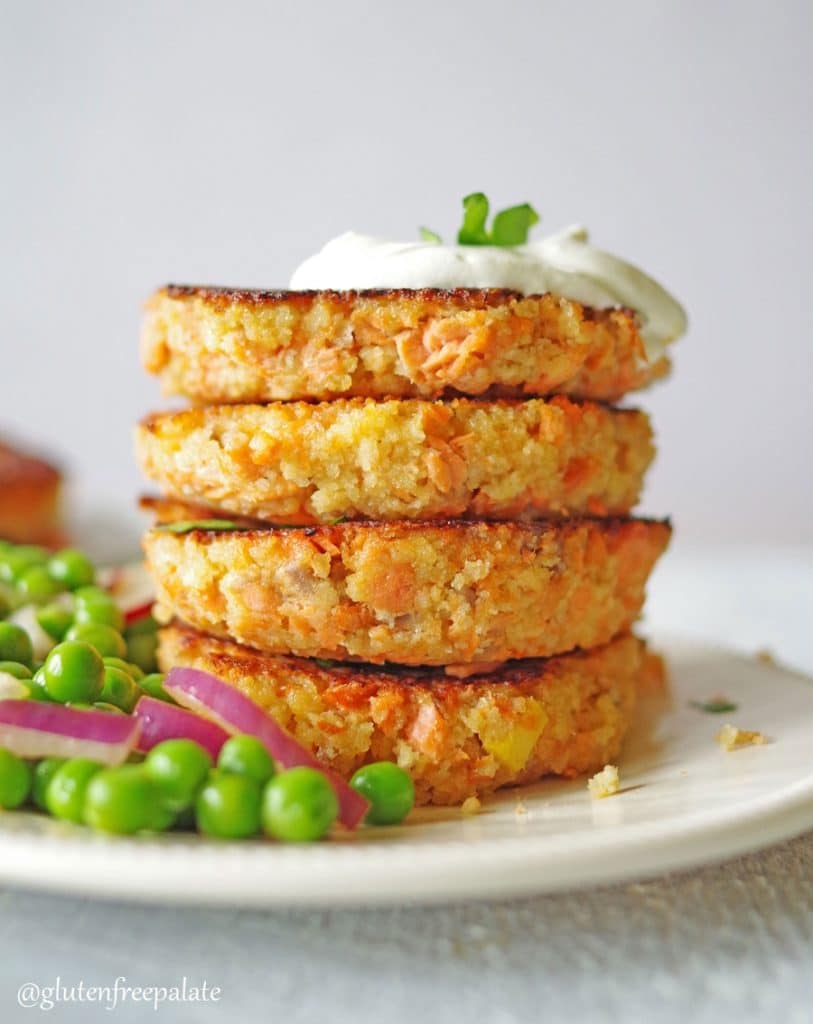
Lunch: Teriyaki Salmon Cakes
Putting together these salmon cakes is a cinch. If you’re in a rush, skip the salmon cakes by following steps 1-3. Pair with a quick salad, and you’ve got a flexible, fast lunch. One cake is approximately 300 calories.
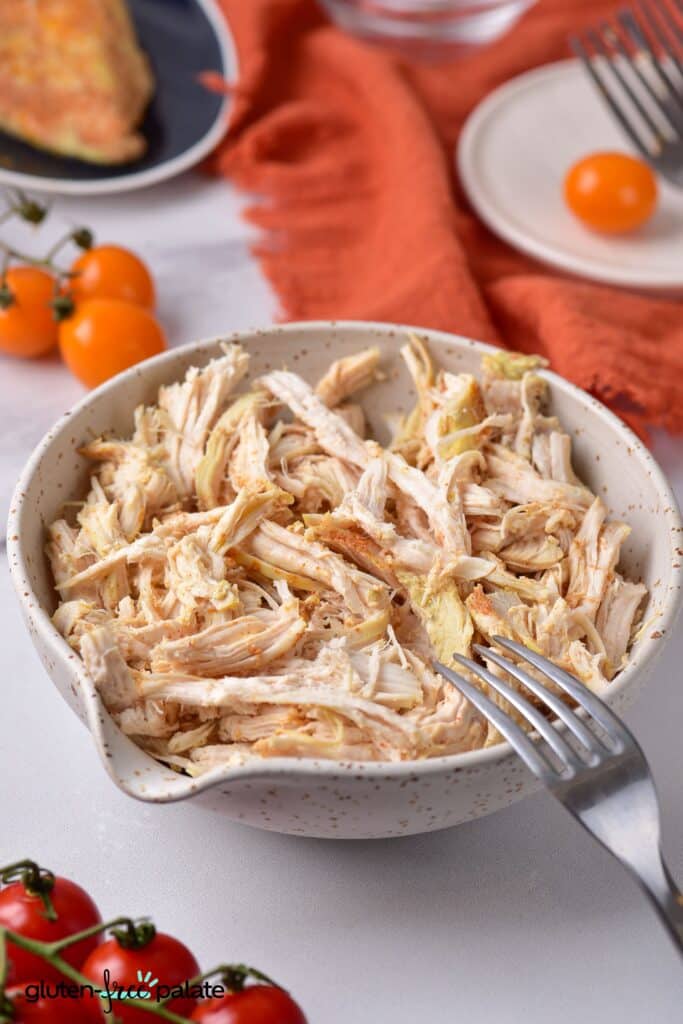
Dinner: Instant Pot Shredded Chicken
This shredded chicken recipe ensures a flawless finish every time, encouraging me to use leftovers for multiple dishes throughout the week. Serve it with tacos, in stews, in salads – the options are endless! One serving size is 84 calories.
Pro tip: Whether steaming, slow cooking, or sauteeing, I use my Instant Pot at least three times per week.
Day 2
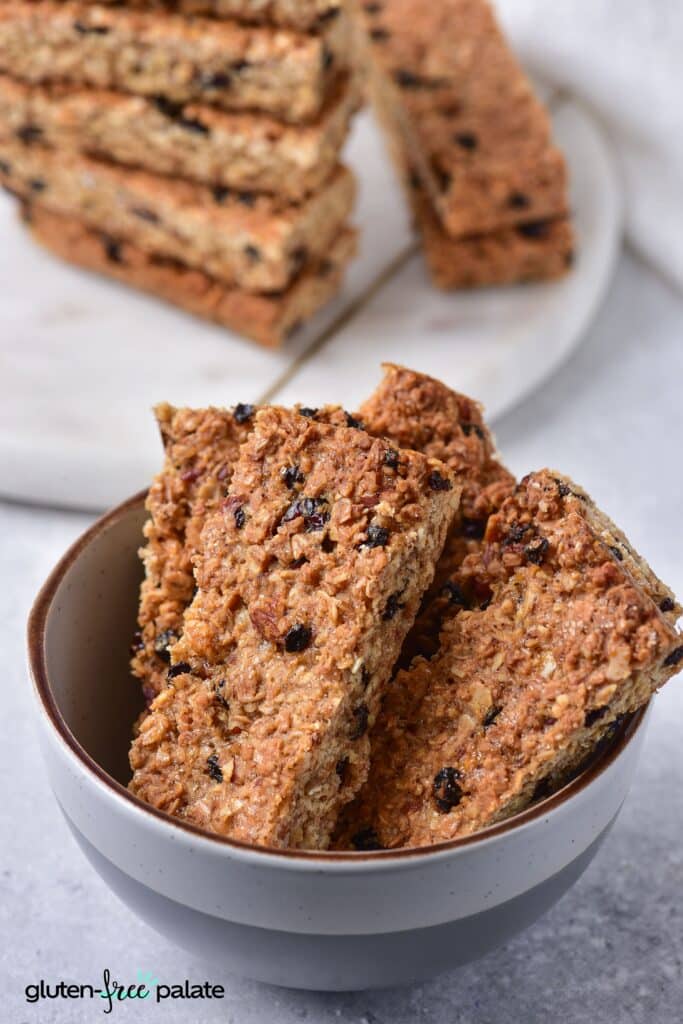
Breakfast: Granola Bars
Maybe you top yours with milk or yogurt. Maybe you eat it dry. Whatever the case, granola is a super-flexible breakfast option (and snack!). It’s high in fiber, customizable with nuts and dried fruit, and affordable. Keep them moist for an afternoon pick-me-up, or bake them longer to crumble into a muesli or yogurt parfait. One serving contains 202 calories.
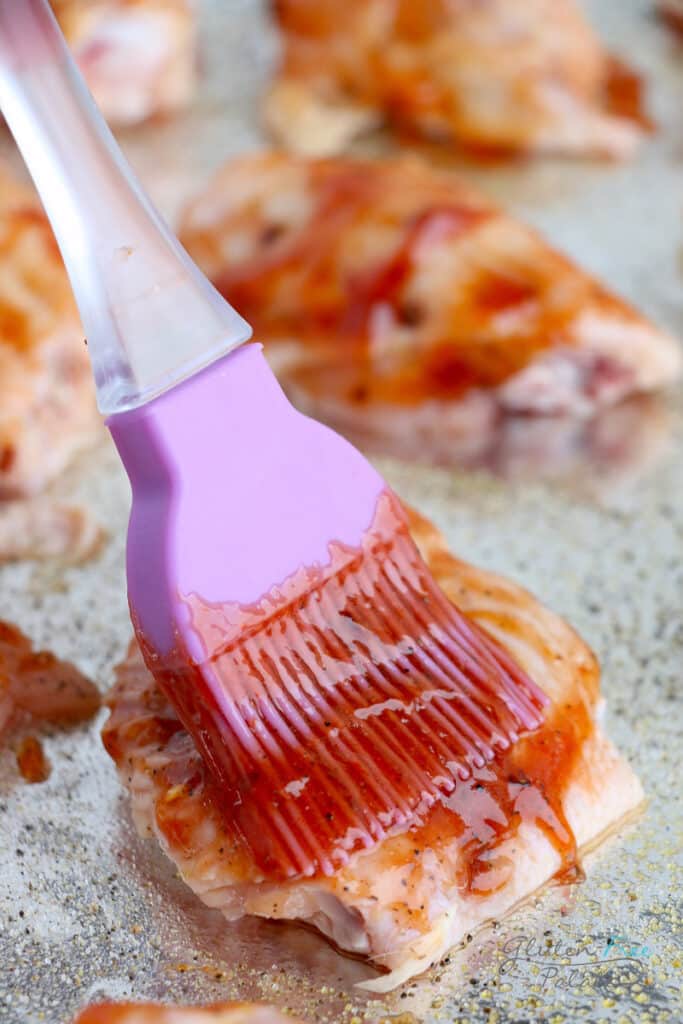
Lunch: BBQ Chicken Sandwiches
Plenty of ready-made barbecue sauces use “starch” (often a wheat-based ingredient), but it’s incredibly easy to make your own at home. Toss last night’s chicken in our gluten-free barbecue sauce, top it on your favorite roll or bun, add some pickles, and you’re good to go. The sauce is 10 calories per serving.
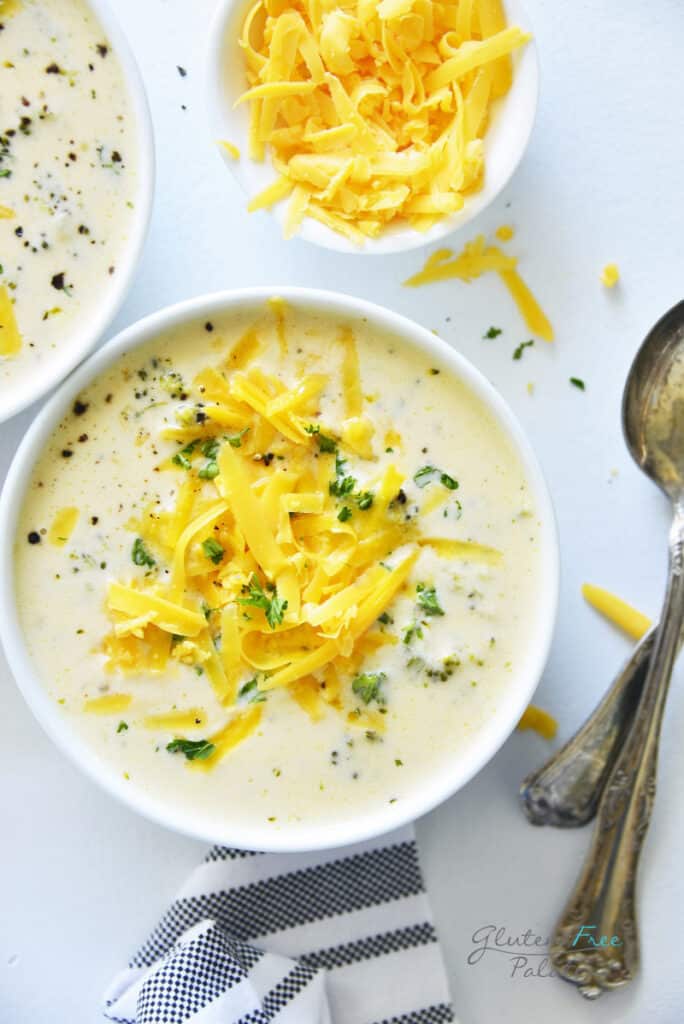
Dinner: Broccoli & Cheese Soup
Any soup makes for a fabulous lunch, especially broccoli and cheese. Creamy, salty, and umami, there’s nothing quite as comforting. It’s also simple to swap out chicken stock for vegetarian stock. Pop leftovers in the freezer for a quick mid-week meal. 537 calories per serving.
Day 3
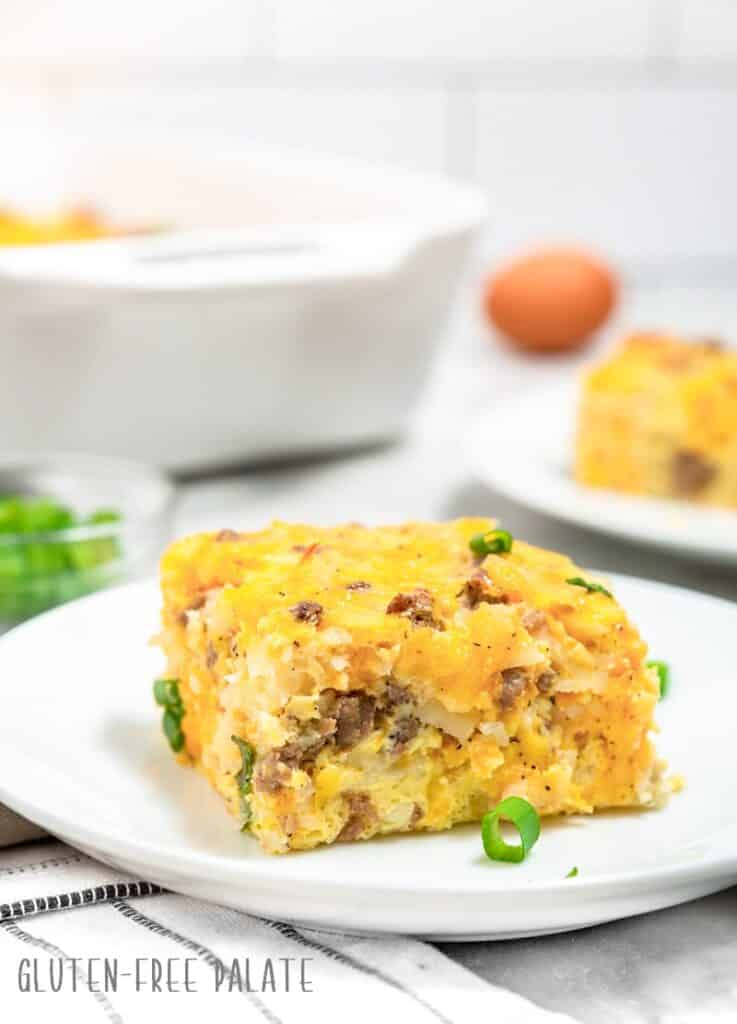
Breakfast Casserole
We love how flexible breakfast casserole ingredients can be – and it’s an excellent way to use leftovers. We also appreciate that it can be made 24 hours in advance and frozen for up to three months! One serving contains 385 calories and 20g of protein – perfect for keeping you full through lunchtime.
Pro tip: For a vegan option, Isa Chandra Moskowitz’s tofu scramble is an absolute winner.
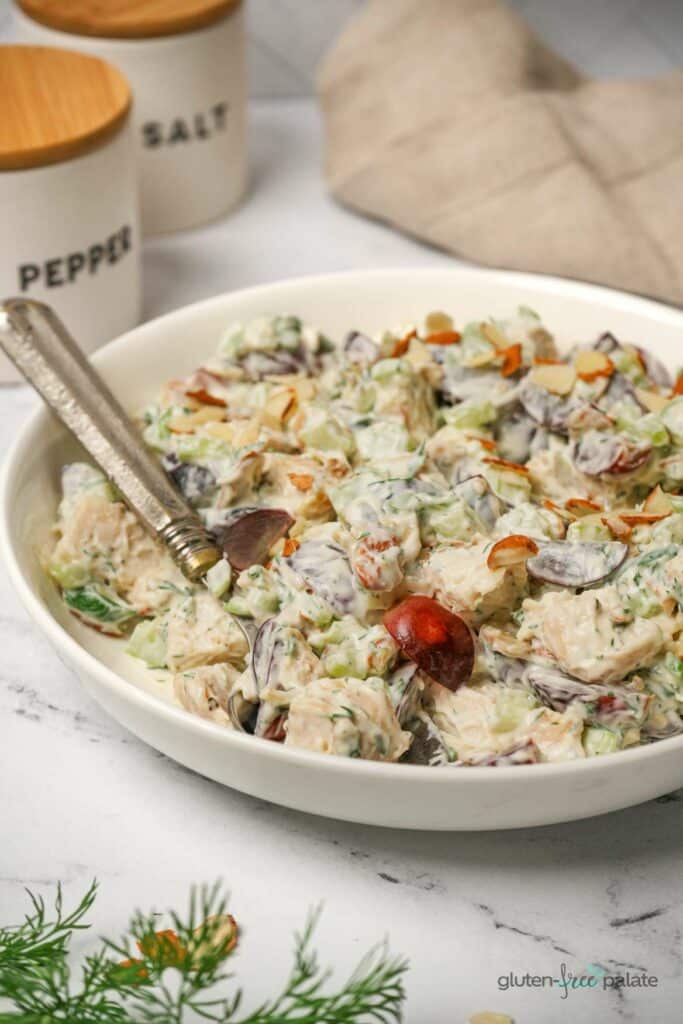
Lunch: Chicken Salad
Whether you eat it in lettuce cups, on crackers, or between slices of gluten-free bread, leftover shredded chicken is perfect for a mayonnaise-based salad. Crunchy, crispy, and creamy, it makes for an undeniably awesome lunch. One serving size is 590 calories.
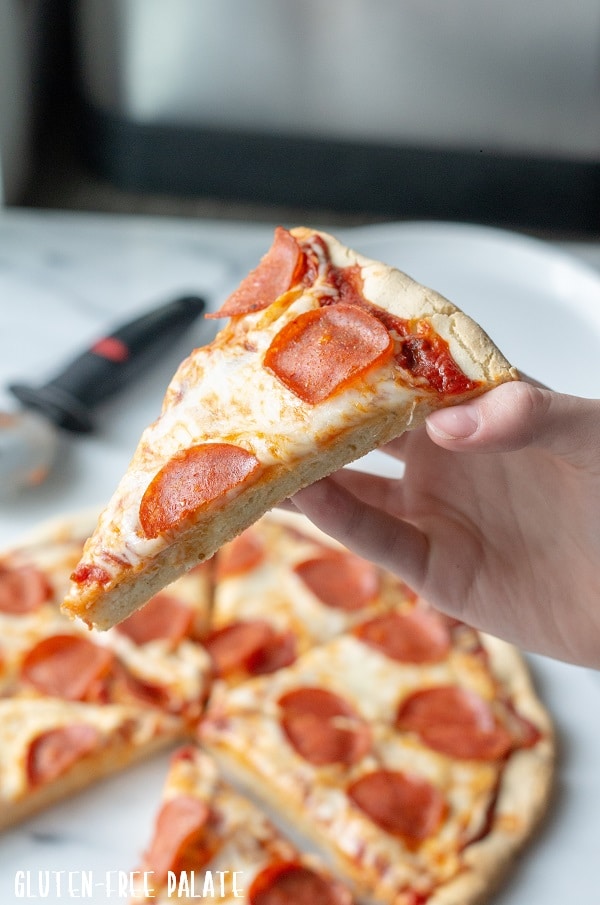
Dinner: Pizza
Pizza is the great equalizer. Everyone loves it, you can put anything on top, and a gluten-free pizza recipe lets you use up leftovers in your fridge! The dough is 110 calories per serving.
Day 4
Breakfast: Oatmeal
Gluten-free oatmeal is one of the unsung heroes of the breakfast world. While you might be more familiar with sweet toppings like cinnamon, apples, raisins, or brown sugar, why not mix things up? Treat oatmeal with savory ingredients like poached eggs, Canadian bacon, cheese, or even leftover roast chicken. If you can put it on grits, you can put it on oatmeal! One cup of oats is 339 calories and 9 grams of soluble fiber.
Lunch: Leftover Pizza
It’s hard not to love leftover pizza. Since microwaves tend to make the dough chewy, I place slices into a covered skillet. The bottom gets toasty, the cheese gets melty, and I get hungry. A toaster oven is another option. Add a sprinkle of parmesan, some chives, or a sauce of your choosing – you’ve got lunch ready!
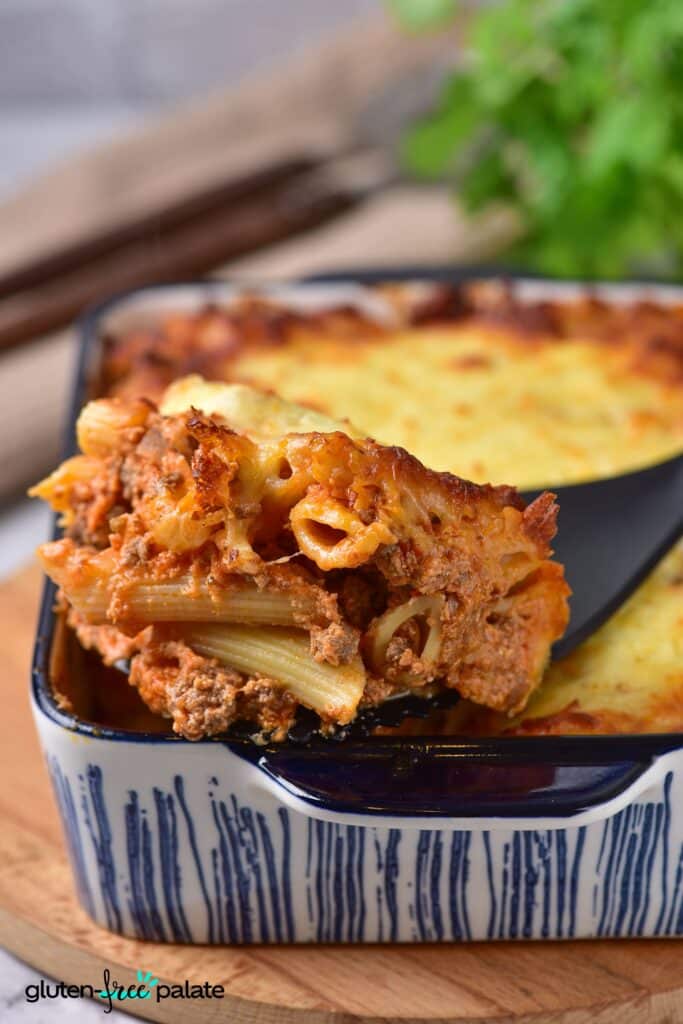
Dinner: Baked Ziti
Being on a gluten-free diet plan doesn’t mean you can’t enjoy a bowl of pasta! With this baked ziti dish, use any penne variety you prefer (I love quinoa and red lentil pasta). If you’re vegetarian, use textured vegetable protein or chopped tempeh instead. One serving is 457 calories.
When reheating gluten-free pasta, add a sprinkle of water and cover the dish before popping it in the microwave. You may also need to add a pinch of kosher salt.
Day 5
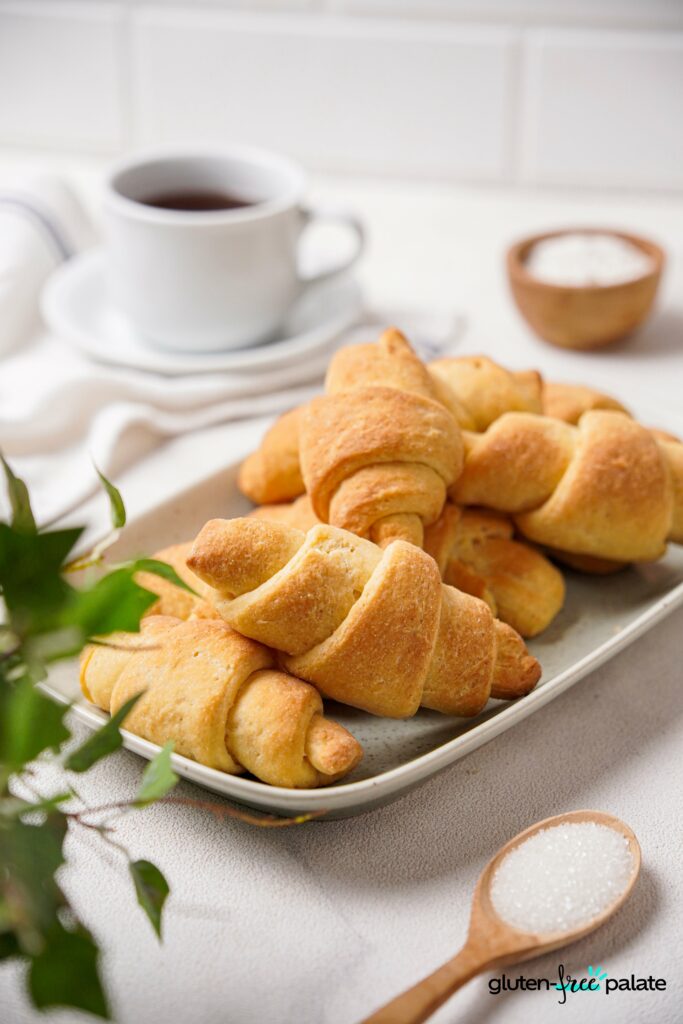
Breakfast: Crescent Rolls
Add a plate of fruit, sliced deli meat, cheese, jam, and these make-ahead Crescent Rolls make the perfect European-style breakfast plate. 88 calories per roll.
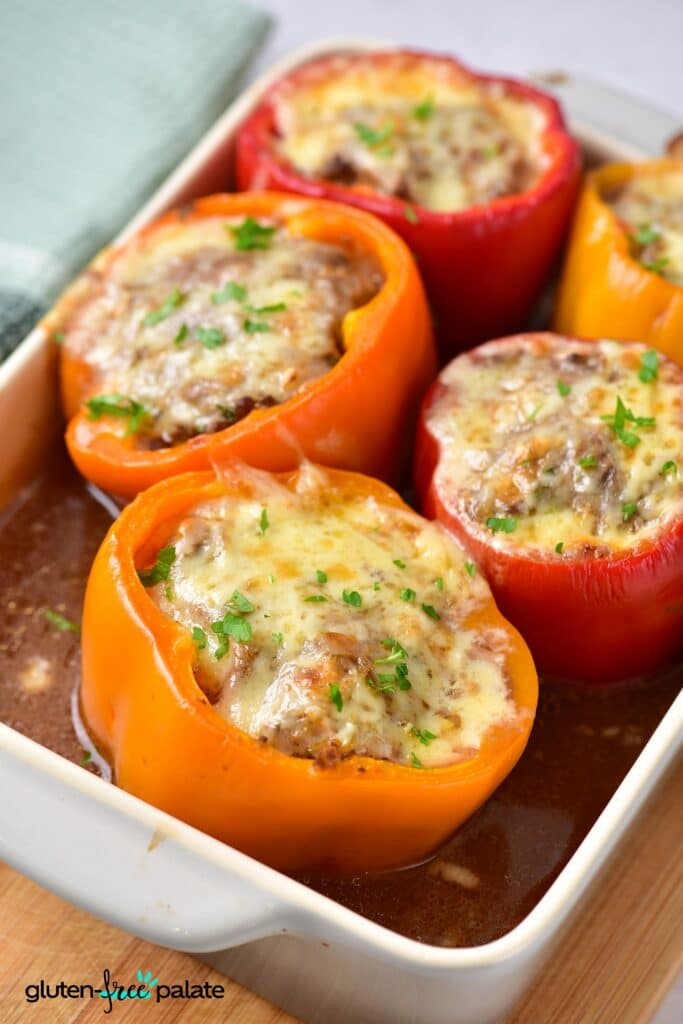
Lunch: Stuffed Peppers
Using many of the same ingredients from yesterday’s baked ziti, why not try your hand at stuffed peppers? They’re endlessly customizable and work beautifully with a range of spices (from Greek to Mexican to Italian). Stuffed peppers can be frozen for up to 3 months, making them a perfect way to use bell peppers when they’re in season. 418 calories per pepper.
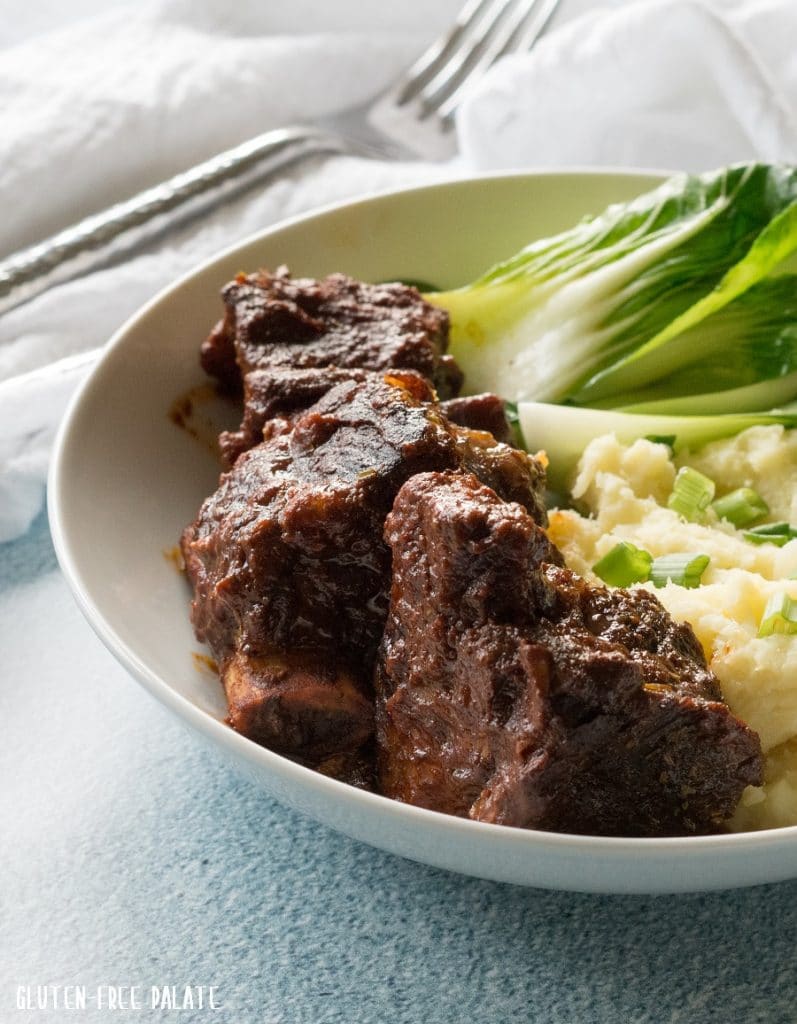
Dinner: Braised Short Ribs
The Instant Pot makes these short ribs so easy that you’ll have plenty of time to focus on the side dishes. Whether you choose roasted or mashed potatoes, sautéed kale, corn on the cob, or coleslaw, there are endless options to make this a special meal. 557 calories per serving.
Day 6
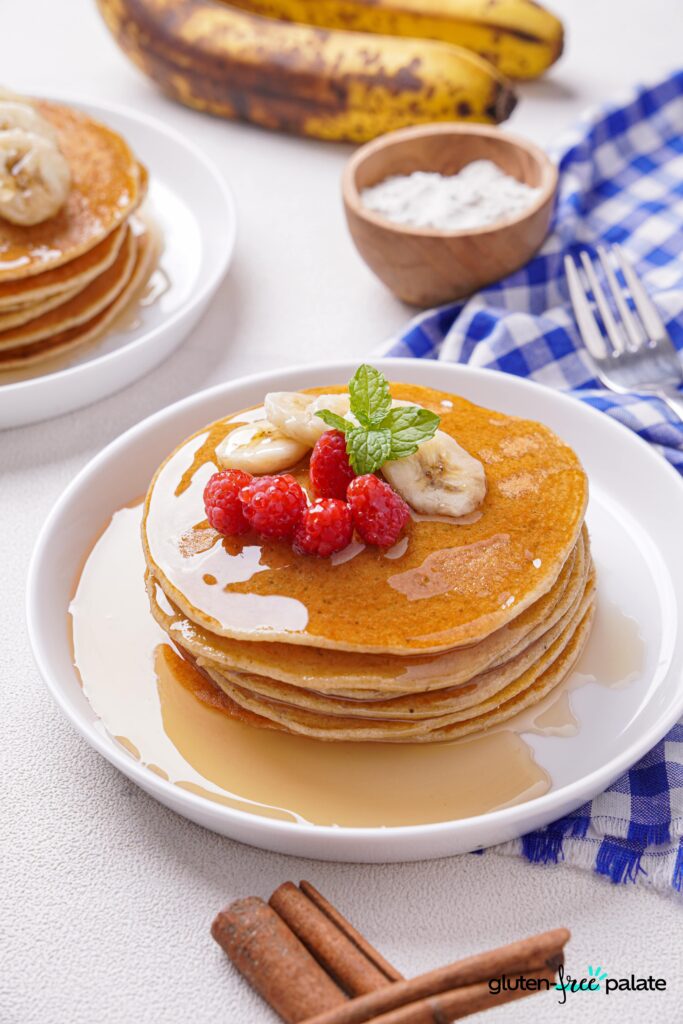
Breakfast: Banana Pancakes
For weekend breakfast or brunch, banana pancakes are an absolute delight. Add some crushed pecans, chocolate chips, or a dollop of whipped cream for something extra. Two plain pancakes are 138 calories.
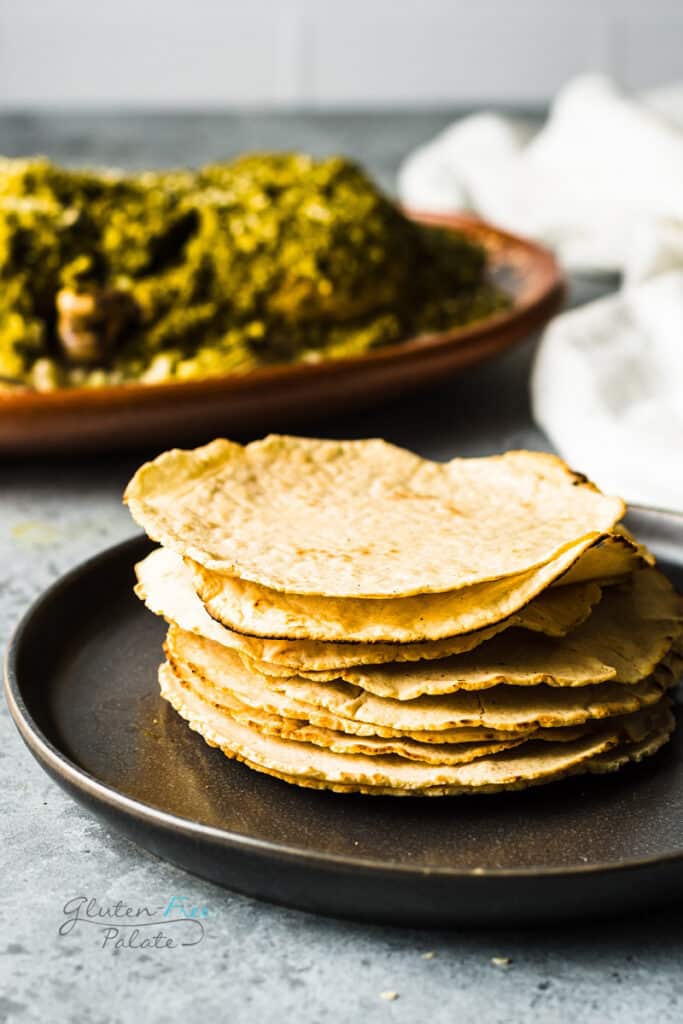
Lunch: Quesadillas
Using store-bought or homemade corn tortillas, it’s super easy to make gluten-free quesadillas. Briefly warm each side before adding cheese, add yesterday’s short ribs or refried beans after they’ve been heated, and throw in caramelized onions and peppers (sautéed in our taco seasoning. Serve with sour cream and guacamole.
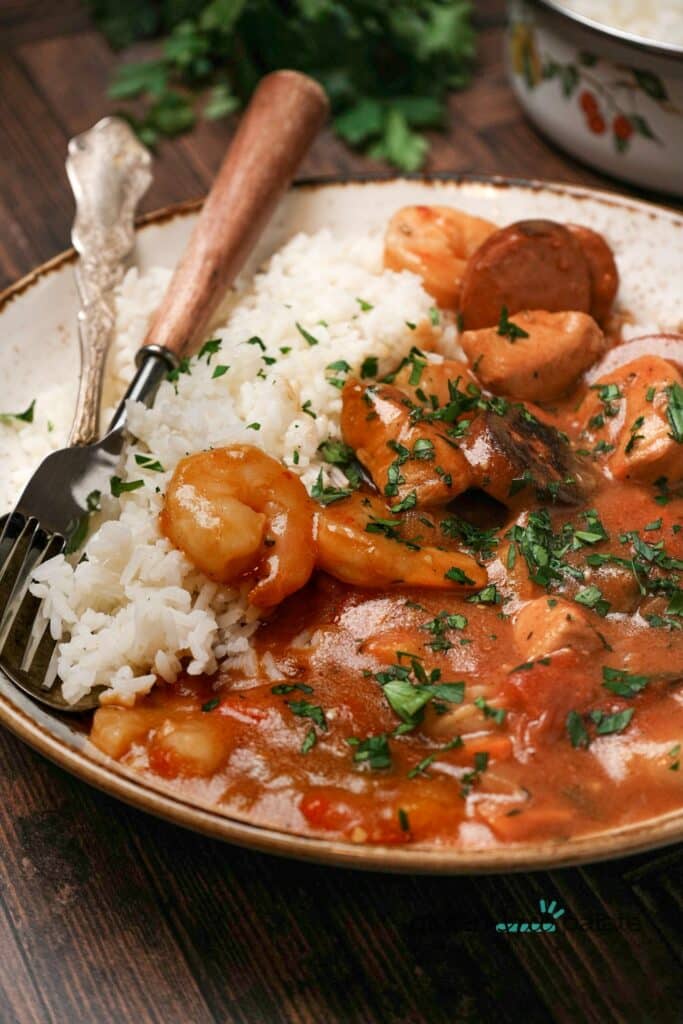
Dinner: Gumbo
Prepping a gluten-free gumbo takes a little effort, but this recipe is shockingly delicious. The most important part of any gumbo is the deeply-browned roux: Keep an eye on it and add more flour/liquid whenever necessary. This is best served with long-grain white rice. 517 calories per serving.
Day 7
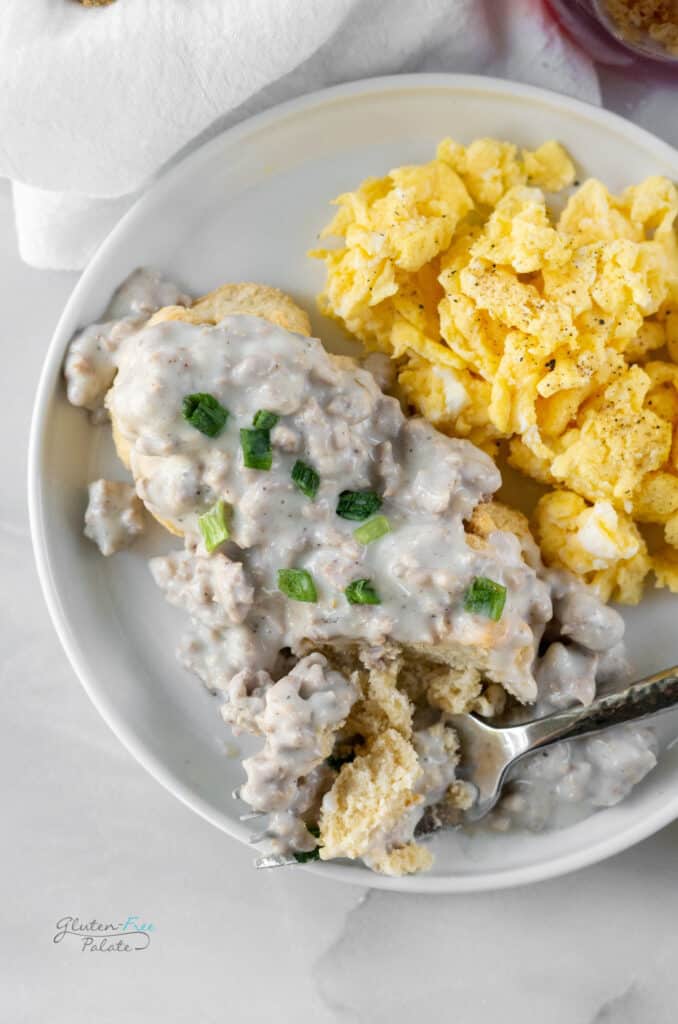
Breakfast: Biscuits & Gravy
One of the greatest creature comforts, a plate of Biscuits & Gravy may take a bit more work, but it’s positively perfect for a lazy Sunday. Any leftover sausage gravy can be made into a breakfast pizza using hash browns, eggs, a sprinkle of bacon, cheese, and vegetables (like chives, onion, and peppers). One serving is 350 calories.
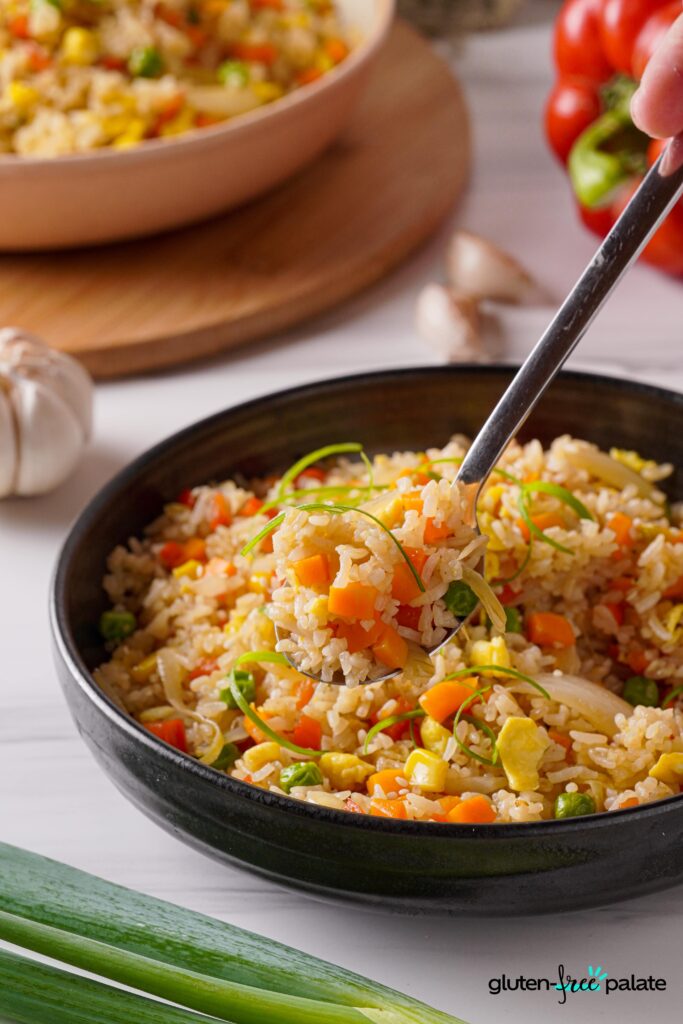
Lunch: Fried Rice
Fried rice requires cooled, day-old rice. If you make double portions for gumbo night, you’ve got lunch covered the next day. Chop up whatever vegetables and protein you have, add an egg or two, and a drizzle of gluten-free soy sauce. Your meal is done in about 15 minutes. 604 calories per serving.
Pro tip: I prefer using a wok (cast iron works). Since it needs to be extremely hot, have every ingredient chopped and ready to fry.
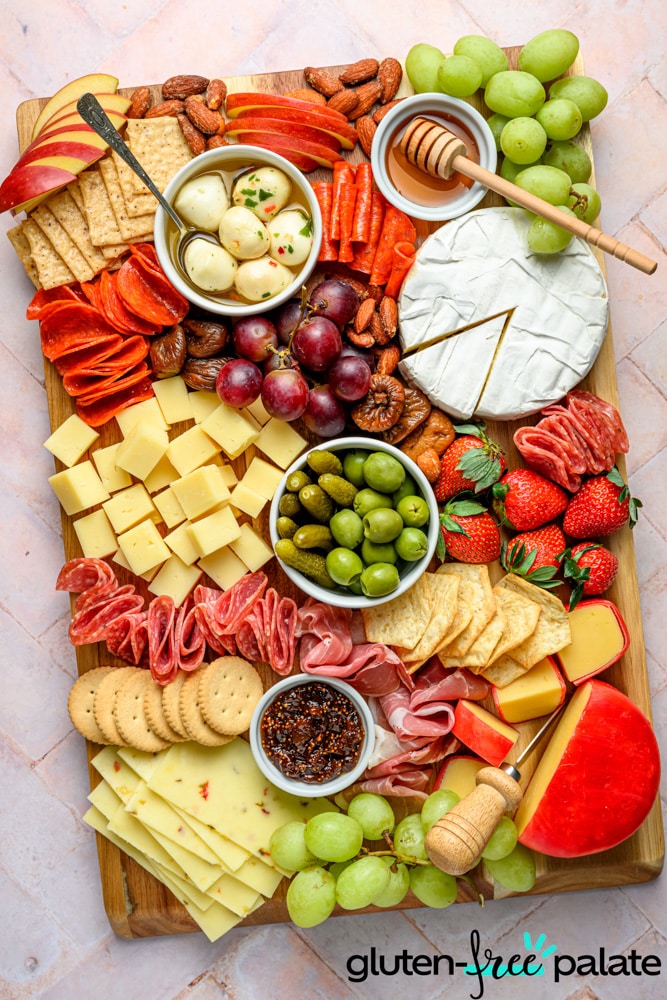
Dinner: Charcuterie Board
If you’re burned out from cooking all week, don’t underestimate the power of a charcuterie board. There’s an endless variety of spreads, fruit, cheese, meats, and even gluten-free crackers to assemble. It looks fancy, tastes amazing, and any leftovers can be made into a creative recipe the next day. Case in point: Top chicken breasts with our spinach dip and bake them!
Reasons You Might Be on a Gluten-Free Diet
There are several reasons why you might be following a gluten-free diet plan:
Celiac Disease
At least 1% of Americans suffer from celiac disease – and that number could even be higher. This autoimmune disorder causes inflammation in the small intestine. Long-term issues can lead to malnutrition, weight loss, and vitamin deficiencies.
When people with celiac disease consume gluten, common symptoms include:
- Abdominal pain and gas
- Cramps
- Diarrhea
- Constipation
- Acid reflux
- Brain fog and migraines
- Mood disorders
- Fatigue
- Joint and muscle pain
Typically, celiac disease must be diagnosed through blood tests and a small intestine biopsy, making this a difficult, time-consuming, and expensive diagnosis.
Is There a Cure for Celiac Disease?
The only treatment for celiac disease is a 100% gluten-free diet. Luckily, plenty of options exist – but you need to be aware of all the ingredients going into your food – and how they’re prepared.
Gluten Sensitivity
About 6% of Americans are thought to have a wheat sensitivity, but plenty of people self-diagnose themselves. People with this condition don’t have an immune response or suffer from intestinal damage, but they may experience the following side effects:
- Abdominal pain, bloating, and gas
- Diarrhea or constipation
- Headache and brain fog
- Joint pain
- Fatigue
Fact: The most common way to identify gluten sensitivity is by following an elimination diet.
Wheat Allergy
Rarer than celiac disease, wheat allergies occur when the immune system mistakenly identifies wheat proteins as harmful. This causes the body to release chemicals (like histamine), leading to an allergic reaction. and most people might experience:
- Skin reactions (e.g., hives, eczema)
- Respiratory issues (e.g., sneezing, coughing, wheezing)
- Anaphylaxis in rare cases
9 Tips for Gluten-Free Meal Planning
Just like any new habit, following a gluten-free diet takes practice.
Eat Whole Foods
By switching to non-processed foods (e.g., fruit, vegetables, fresh meat, fresh fish), you automatically limit your risk of cross-contamination. Whole foods also give you greater control over creating a more balanced diet.
Avoid Bulk Bins
While we’re big fans of sustainability, people with celiac disease and gluten allergies need to be wary of bulk bins. You never know where those community scoops have been!
Read the Labels
This one’s probably the most important item on our list. You’ll start noticing the many buzzwords used by food manufacturers. If you have serious issues, look for labels stating, “certified gluten-free.”
Know Where to Eat
Gluten-free dining has increased in popularity, but some restaurants still don’t fully grasp the concept of celiac disease. Whether you’re going out for burgers and french fries or headed on a Vegas getaway, do your research first.
Ensure Clean Surfaces
If you have a roommate, non-GF family members, or are going out for a meal, avoid shared kitchen tools that are difficult to sterilize (like toasters, colanders, sifters, non-stick pans, and spice grinders). Jars and tubs of condiments might be cross-contaminated unless clean utensils are used.
Stock Your Freezer
When making soup or stew, fill at least one Tupperware container, label it, and pop it in the freezer. If you’re tired – or don’t have time to run to the store – you’ll always have something delicious within minutes.
Plan Ahead
If you’re struggling to visualize your pantry and determine what you can cook, plenty of programs and apps help you plan menus. Among our favorites:
- Enter your available ingredients into the SuperCook app to generate countless recipes.
- If you’re running short on time, learning meal prep methods will make cooking so much easier.
- Follow Gluten-Free Palate on our social media channels for daily inspiration! We have active channels on Instagram, Facebook, Pinterest, TikTok, and YouTube.
Master 3-5 Recipes
Before your diagnosis, you could slap together a sandwich and call it a night. Now, you have to think a bit more creatively. Try to master a few meals that are easy to prepare, affordable, and delicious. If you’re pressed for time, you’ll always have something to fall back on.
Recipes I Could Make Blindfolded
- Guacamole works perfectly on cheese quesadillas.
- Risotto takes about 20 minutes and is a perfect way to use chicken stock.
- A green curry is creamy and spicy – exactly what I want on grey, chilly days.
- This buckwheat flatbread has been committed to memory.
- Chili can be made with meat or beans. I always have these ingredients handy.
Start Thinking Positively
When I could no longer eat sandwiches and pasta, I fell into a hole of negative thinking. But as I explored different carbohydrates in creative ways, I realized that my thinking was absolutely off base: Not only were my options incredible, but they were also incredibly delicious!
Healthy Eating!
Now that you’ve traced various personal issues to gluten, we wish you a lifetime of curiosity, health, and delicious food. For more details on creating a gluten-free diet plan, be sure to check out our wide range of recipes that are made for all levels.
If you’ve already got a strong background in the kitchen, why not take your skills to the next level with these cooking Masterclasses?


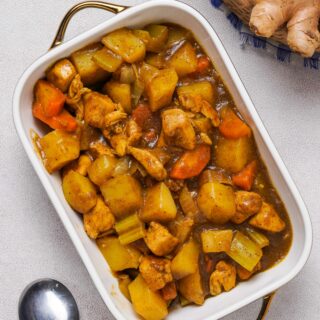
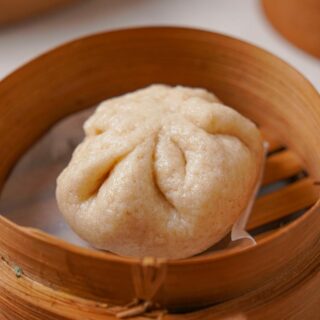
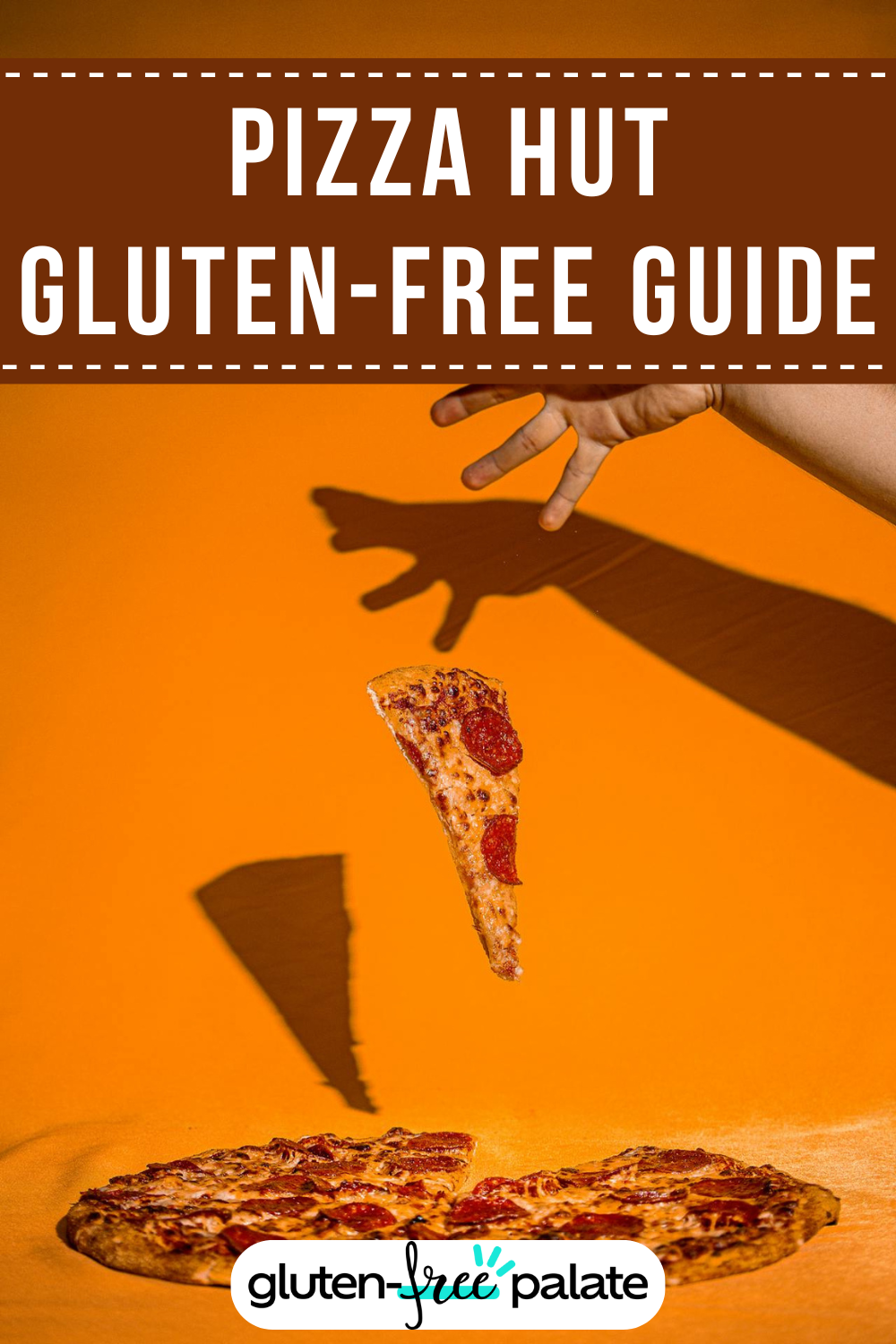
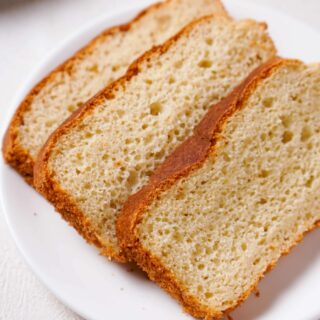
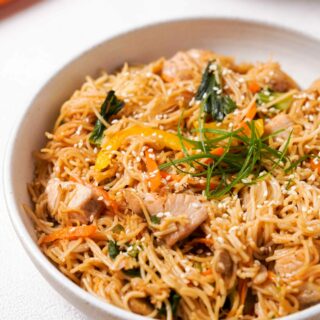
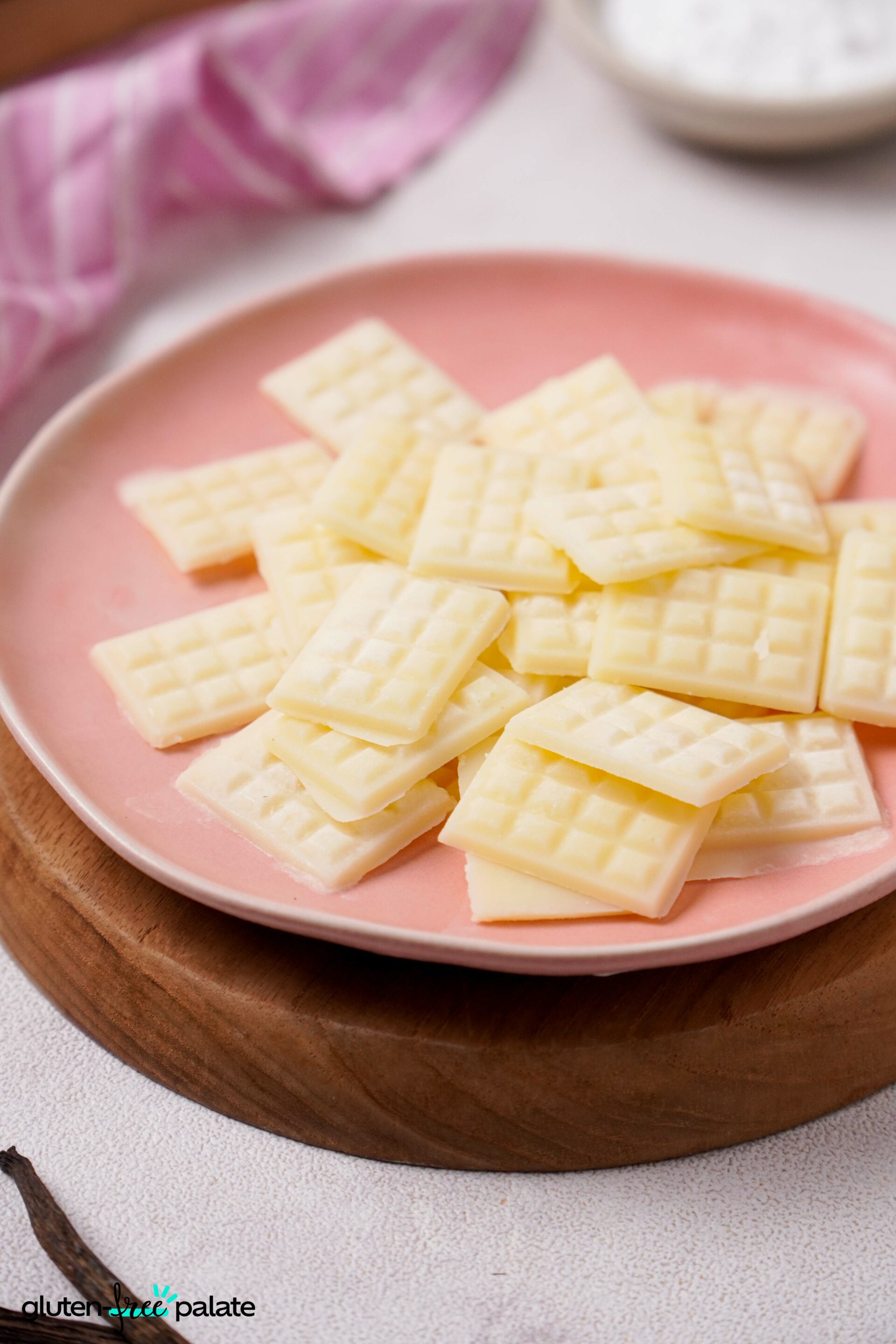
Leave a Question or Comment